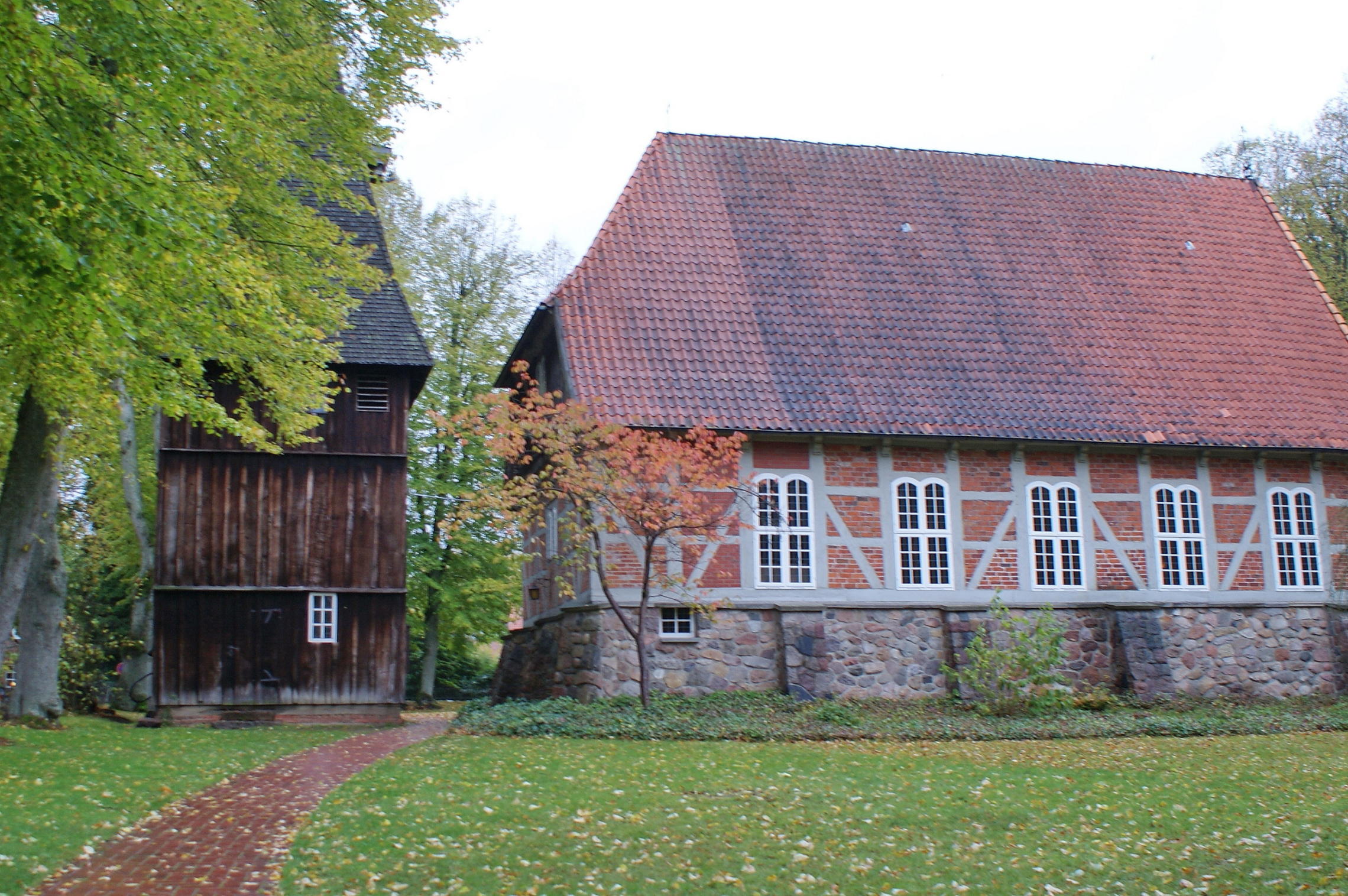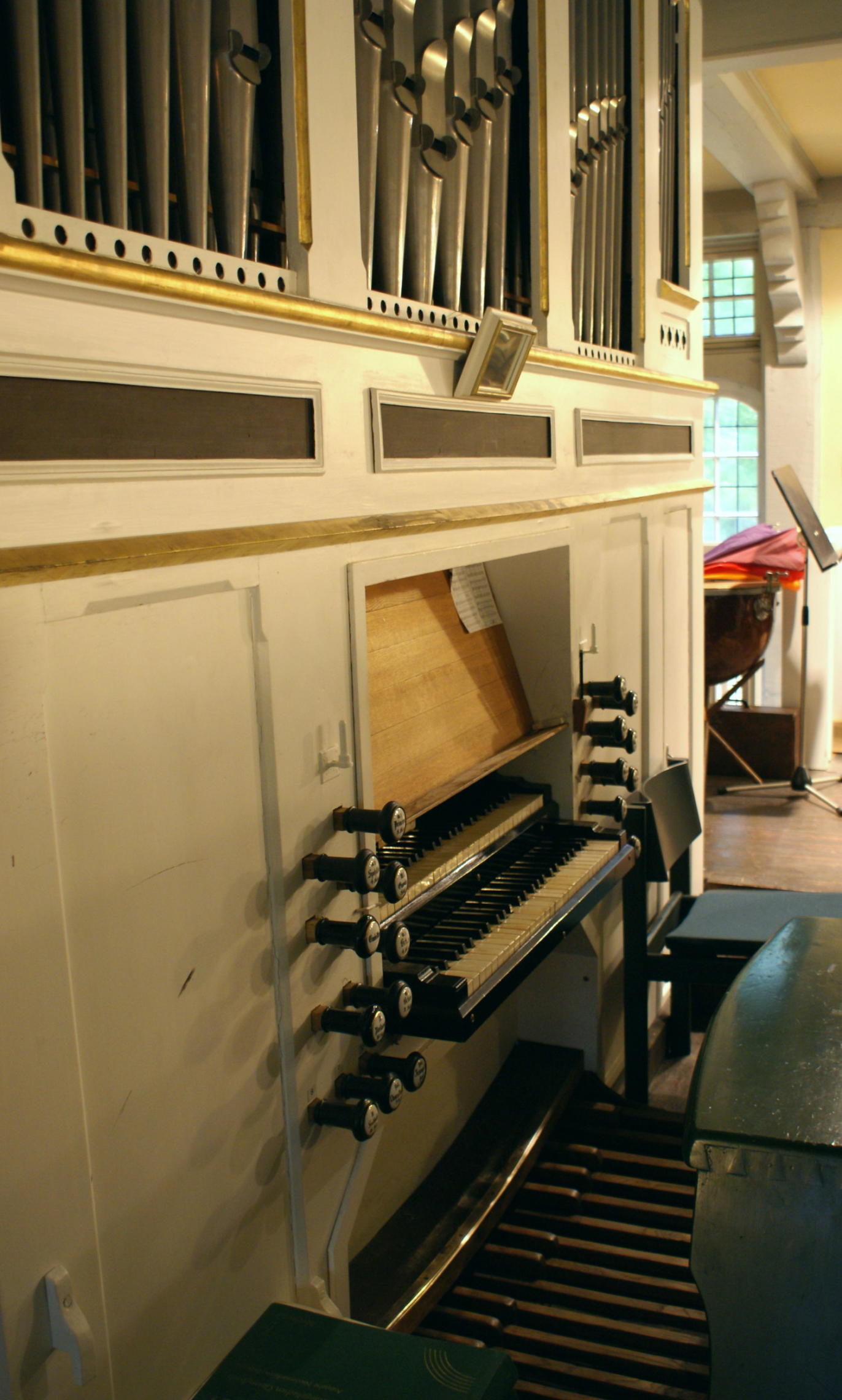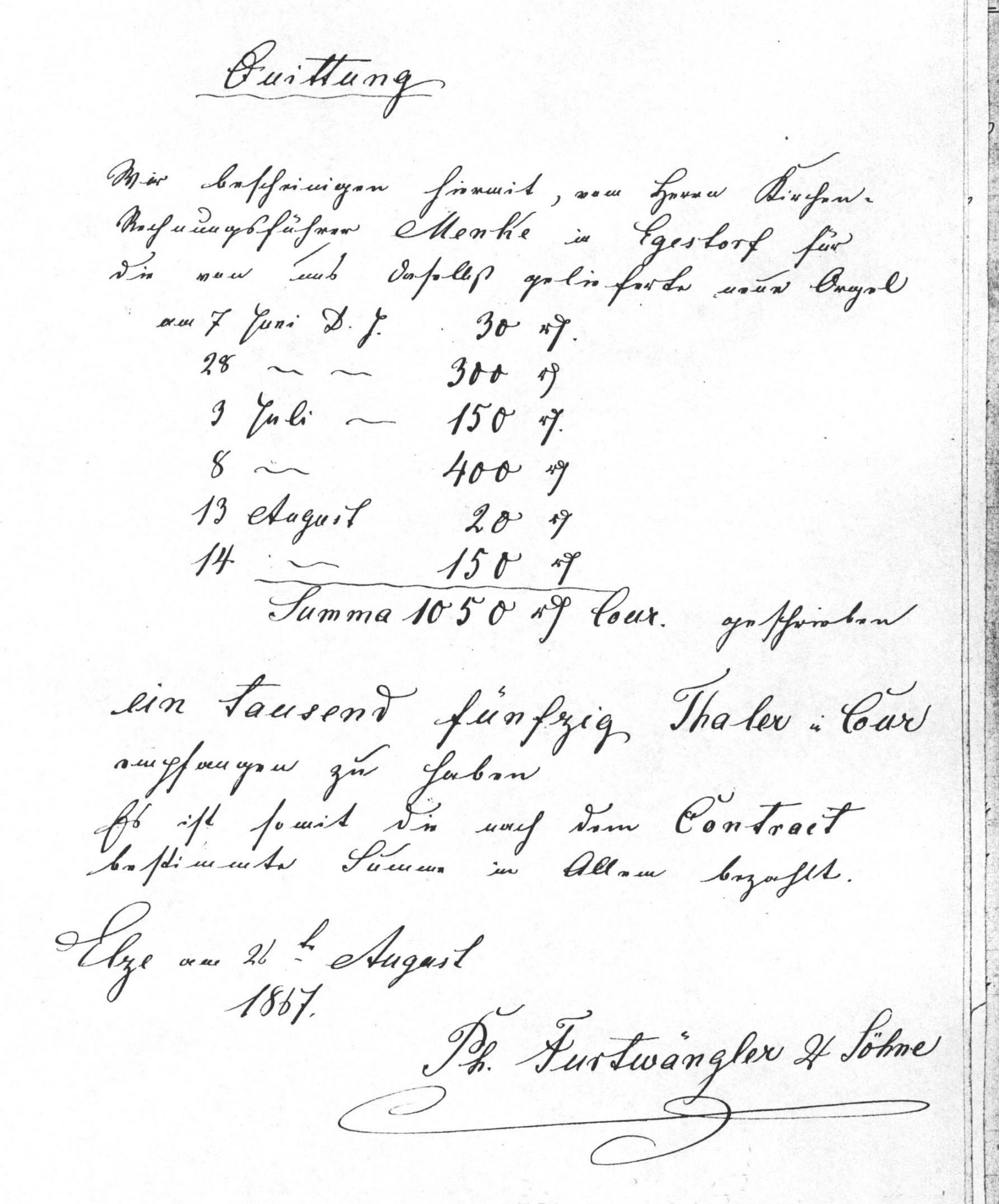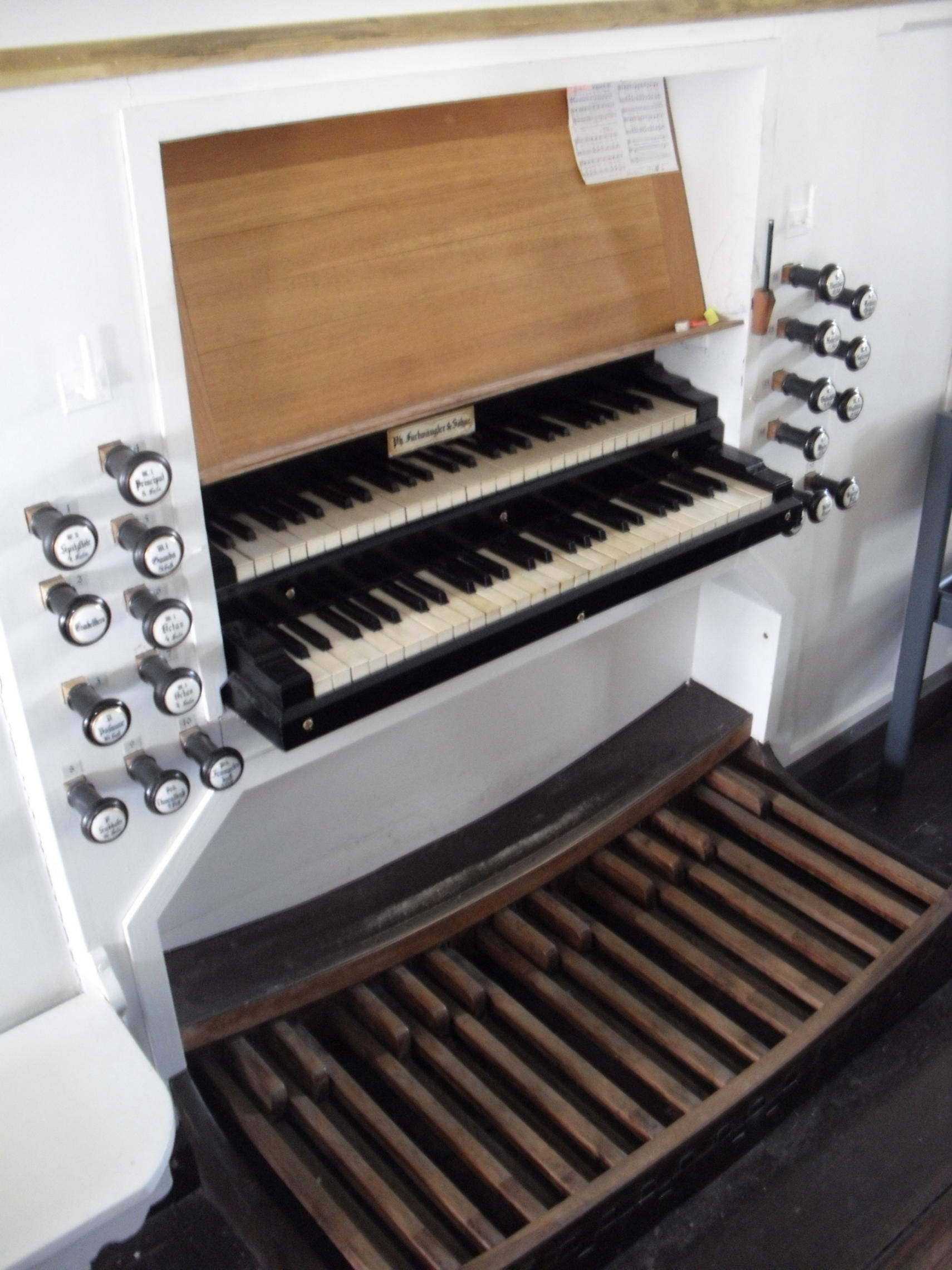Egestorf, St. Stephanus
| Builder | Furtwängler & Hammer |
|---|---|
| Year | 1867 |
| Period/Style | Romantic |
| Stops | 17 |
| Keyboards | 2+P |
| Keyaction | tracker/mechanical |
| Tuning | Equal at 440 Hz |
The St. Stephanus Church in Egestorf, a stone church built in the 17th century, received its first organ more than 200 years after its construction. This organ, created by Philipp Furtwängler & Söhne in 1867, is a representative example of romantic organ building. Remarkably, much of the organ, including its complete mechanical system, has been preserved in its original state, with only a few registers reconstructed during a restoration in 1998.
The organ was restored twice — first in 1972 by Gebr. Hillebrand and then in 1998 by Franz Rietzsch — keeping the instrument in excellent condition. It features 17 registers spread across two manuals and a pedal. The organ remains an essential part of the church's musical life and can be heard on the NOMINE-CD "Orgellandschaften."
The organ was restored twice — first in 1972 by Gebr. Hillebrand and then in 1998 by Franz Rietzsch — keeping the instrument in excellent condition. It features 17 registers spread across two manuals and a pedal. The organ remains an essential part of the church's musical life and can be heard on the NOMINE-CD "Orgellandschaften."
| I. Manual | II. Manual | Pedal |
|---|---|---|
| Bordun 16' | Liebl. Gedackt 8' | Subbaß 16' |
| Prinzipal 8' | Salicional 8' | Prinzipalbaß 8' |
| Gamba 8' | Spitzflöte 4' | Choralbaß 4' |
| Rohrflöte 8' | Waldflöte 2' | Posaunenbaß 16' |
| Octav 4' | Trompetenbaß 8' | |
| Gedacktflöte 4' | ||
| Octav 2' | ||
| Mixtur 4f |
No Video/Audio samples available.
https://nomine.net/orgel/egestorf-st-stephanus/
 Pipe Organ Map
Pipe Organ Map




